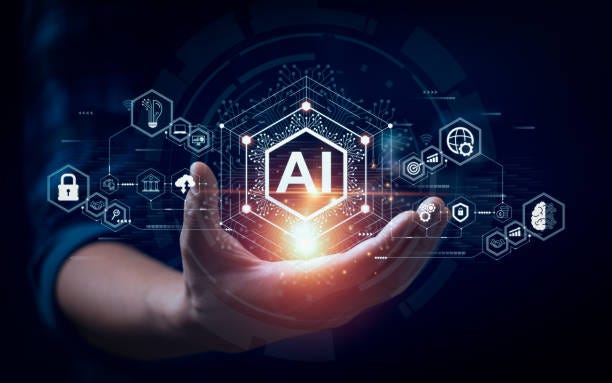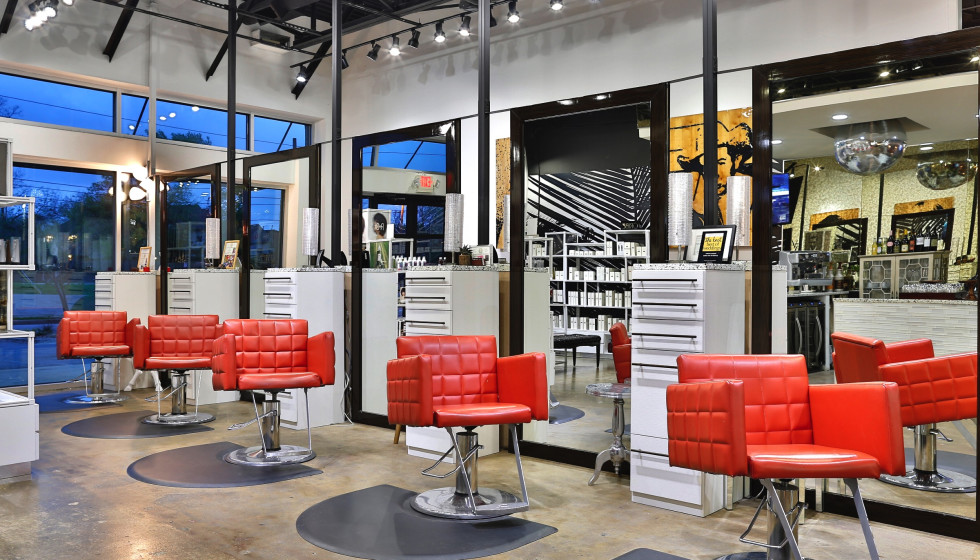
Imagine a world where websites are no longer static, one-dimensional entities but living, breathing organisms that adapt and evolve to meet the needs of their users. This is the future of web design, and it’s being made possible by artificial intelligence (AI). With AI-powered algorithms analyzing user behavior in real-time and making instantaneous adjustments to layout, content, and functionality, websites will become smarter than ever before. Portkey SEO Solution is a prime example of harnessing the power of AI to enhance web design by providing personalized user experiences and improving search engine rankings. Welcome to a new era where personalized online experiences are the norm – buckle up as we explore how AI is revolutionizing web design.
Benefits Of AI In Web Design
- One of the most significant benefits of using AI in web design is its ability to streamline the design process. With AI-powered tools, designers can automate repetitive tasks such as creating wireframes and prototyping, freeing up more time for creative thinking and problem-solving. This not only increases efficiency but also allows designers to focus on the aspects of web design that require human expertise and artistic sensibilities.
- AI in web design can also improve user experience by offering personalized recommendations based on user preferences and behavior. By analyzing data from past interactions, AI algorithms can tailor content, layout, and functionality to individual users’ needs. This level of customization not only enhances user satisfaction but also increases the chances of conversions as websites become more intuitive and tailored to each visitor’s wants.
- Furthermore, AI has revolutionized responsive web design by enabling websites to adapt dynamically across different devices and screen sizes. Through machine learning algorithms, websites can identify a user’s device type and adjust layouts accordingly. This ensures consistent visual appeal while optimizing usability, ultimately leading to improved engagement with users across various platforms.
Overall, incorporating AI into web design brings immense potential for increasing productivity, enhancing user experience, and streamlining the development process. By harnessing the power of artificial intelligence technologies alongside human creativity and intuition, we can unlock new possibilities in designing highly effective websites that deliver superior experiences for users worldwide.
Challenges And Concerns With AI In Web Design
- One of the major challenges with AI in web design is ensuring that the designs created by machines are not only visually appealing but also user-friendly. While AI has the ability to generate unique and creative designs, there is also a risk of it creating websites that prioritize aesthetics over usability. Designers need to find a balance where AI can enhance their creativity while still adhering to the principles of effective user experience.
- Another concern with AI in web design is the potential for bias and lack of diversity in the generated designs. Since machine learning algorithms are trained on existing data, they may unintentionally perpetuate stereotypes or reflect biases present in the dataset. For example, if a dataset predominantly features designs from a specific cultural background, an AI system may tend to reproduce those styles without considering alternative perspectives. Web designers must be mindful of this issue and actively work towards training AI systems on diverse datasets to avoid reinforcing biases in their design processes.
- In addition, there is an ongoing debate about whether relying too much on AI in web design could lead to job losses for human designers. While machines can generate designs quickly and efficiently, human intuition and creativity are still invaluable assets when it comes to understanding complex client requirements or infusing emotional elements into design. The key lies in finding ways for humans and machines to collaborate effectively instead of viewing them as direct competitors.
The Role Of Human Creativity In AI-driven Web Design
In the ever-evolving landscape of web design, harnessing the power of artificial intelligence (AI) can be a game-changer. AI-driven algorithms have proven their ability to analyze data and automate processes, providing efficient solutions for design tasks. However, it is crucial not to overlook the indispensable role human creativity plays in this equation.
While AI can generate sleek templates and streamline design processes, it lacks the innate ability of humans to think outside the box and conceptualize unique ideas. Design involves much more than aesthetics; it requires storytelling, empathy, and an understanding of human emotions. By combining AI’s computational capabilities with our creative intuition, we can create web experiences that truly resonate with users on a deeper level.
Moreover, human creativity ensures that websites go beyond just functional elements. It helps cultivate brands’ individuality by infusing personality into designs. Additionally, cultural nuances and current trends often require adaptability that only humans possess. By listening to user feedback and embracing iteration based on real-world experiences, designers can refine AI-driven outputs to perfection while keeping up with evolving preferences.
Conclusion:
In conclusion, embracing the future of web design with AI holds tremendous potential for revolutionizing the way we create and interact with websites. By leveraging machine learning algorithms and automation tools, web designers can streamline their workflow, enhance user experiences, and stay ahead in this rapidly evolving digital landscape.
One of the most exciting aspects of integrating AI into web design is its ability to analyze large amounts of data to derive meaningful insights about user behavior and preferences. With this information at hand, designers can make data-driven decisions regarding website layouts, color schemes, content positioning, and more. This not only ensures a seamless user experience but also maximizes conversion rates and boosts business success.
Furthermore, AI-powered chatbots are transforming customer interaction on websites by providing instant responses to inquiries or even completing transactions. These virtual assistants enable businesses to provide round-the-clock support without human intervention. As natural language processing continues to advance, chatbots will become even more intelligent and capable of understanding complex queries or conducting in-depth conversations with users.
As we embrace the future of web design with AI technologies like machine learning algorithms, automated tools like chatbots Chatfuel or Answer Bot or cloud-based platforms such as Wix’s ADI (Artificial Design Intelligence), we unlock endless possibilities for creativity while improving efficiency and delivering cutting-edge user experiences. In an era where technology is constantly shifting paradigms, it’s imperative that web designers harness these advancements wholeheartedly.






